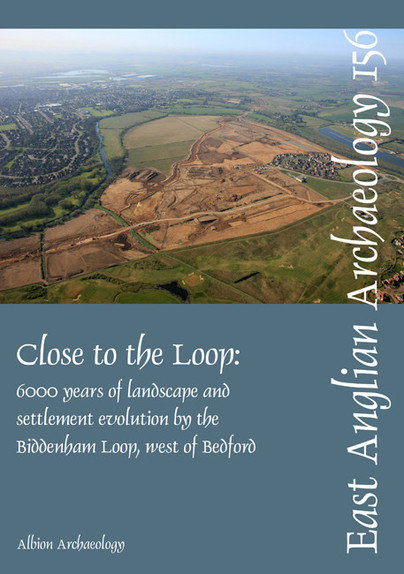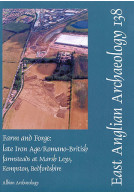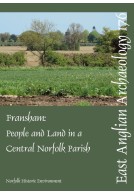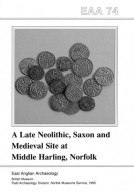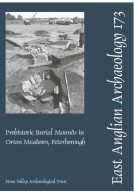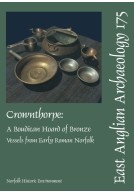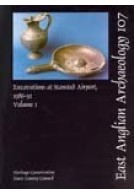EAA 156: Close to the Loop (Paperback)
Imprint: East Anglian Archaeology
Series: East Anglian Archaeology Monograph
Pages: 400
ISBN: 9780955654657
Published: 31st December 2015
Script Academic & Professional
Series: East Anglian Archaeology Monograph
Pages: 400
ISBN: 9780955654657
Published: 31st December 2015
Script Academic & Professional
You'll be £40.00 closer to your next £10.00 credit when you purchase EAA 156: Close to the Loop. What's this?
+£4.99 UK Delivery or free UK delivery if order is over £40
(click here for international delivery rates)
Need a currency converter? Check XE.com for live rates
(click here for international delivery rates)
Need a currency converter? Check XE.com for live rates
The investigations have produced evidence for 6,000 years of landscape and settlement evolution. Perhaps the most striking result is the evidence for continuity, rather than discontinuity, in the development of the landscape. The act of defining chronological periods, while essential in describing past human society, does tend to accentuate discontinuity. This applies both to individual monuments — some on the Biddenham Loop played a major part in people’s lives for many generations — and to the wider landscape itself. The Neolithic and Bronze Age monuments were incorporated into the middle Bronze Age field systems and some were still used for the burial of the dead. Continued use of these fields into the middle Iron Age and even the Romano-British period is clearly evidenced by the way in which later farmsteads were set up on their periphery. The positioning of the main early Iron Age pit alignment across the Biddenham Loop has elements of both discontinuity and continuity. It does ‘cut’ a number of ditched boundaries but does so at the corners of fields, so that over the majority of its course it crosses unenclosed land between two separate middle Bronze Age field systems. For the Roman–Saxon transition it is significant that the majority of the evidence for early Saxon settlement occurs in the vicinity of Romano-British settlements.
Other titles in the series...
Other titles in East Anglian Archaeology...







